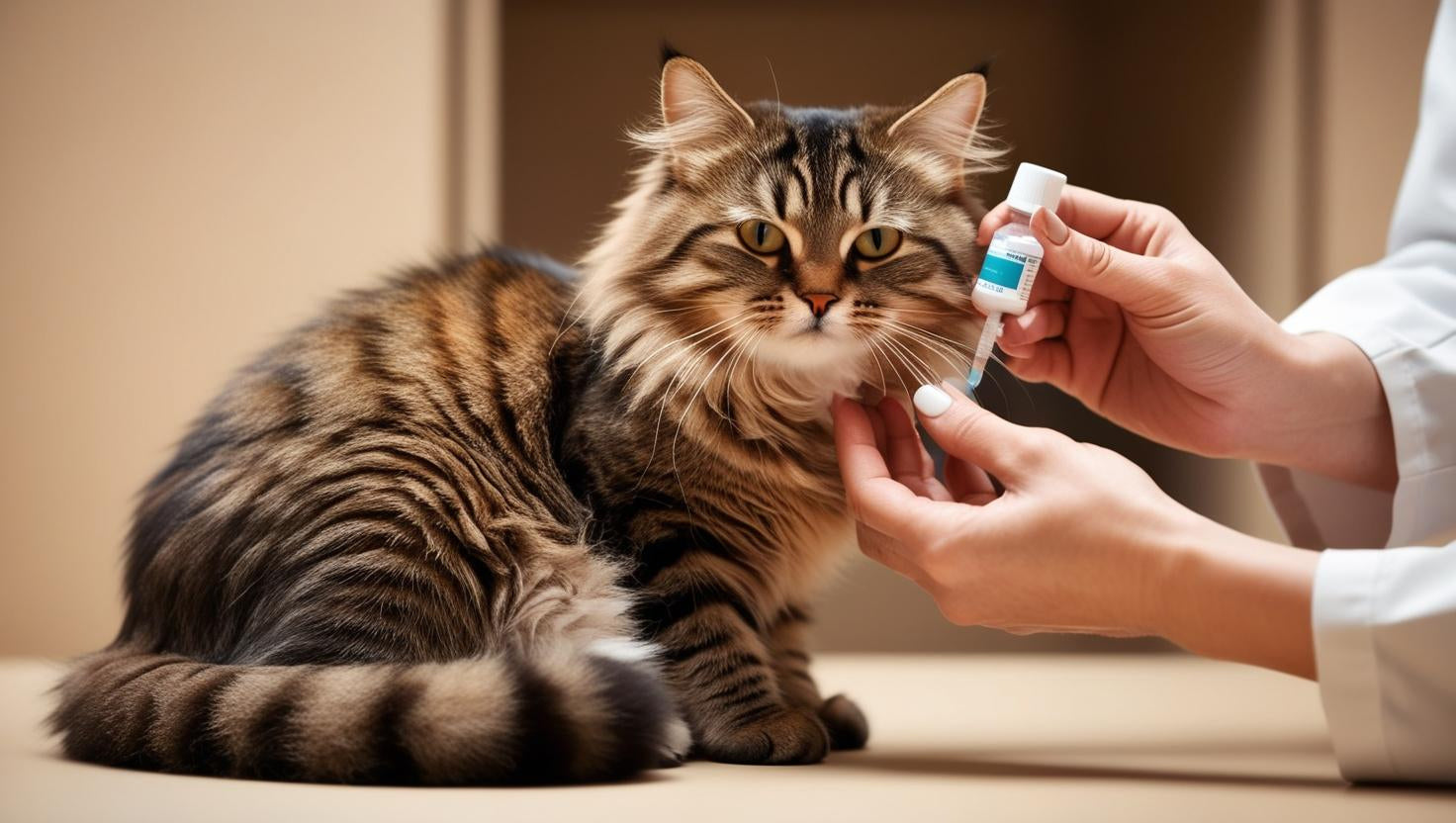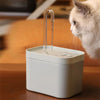Giving a Cat Medicine: A Comprehensive Guide for 2025

Giving a Cat Medicine: A Comprehensive Guide for 2025
Giving your feline friend medication can be a stressful experience for both you and your cat. However, with the right approach and techniques, you can make the process smoother and safer. This guide provides a comprehensive overview of administering various types of cat medications, covering everything from pills to liquids and topical applications. Remember, always consult your veterinarian before starting any medication regimen for your cat.
Understanding Your Cat's Medication
Before administering any medication, carefully read the instructions provided by your veterinarian. Understanding the dosage, frequency, and route of administration is crucial. Pay close attention to any potential side effects and know when to contact your vet. Different medications require different approaches, and this guide will cover several common methods.
Types of Cat Medications and Administration Methods
-
Pills:
Giving a cat a pill can be challenging. Here are a few techniques:
- Pill Pockets: These treats are designed to conceal pills. Simply place the pill inside and give it to your cat.
- Crushing Pills (When Approved by Vet): Some pills can be crushed and mixed with wet food. However, always check with your veterinarian first, as not all pills can be crushed.
- Using a Pill Shooter: This device helps you quickly and accurately place the pill in the back of your cat's throat. Practice beforehand to ensure smooth administration.
- Manual Administration: While this is often the least preferred method, it involves gently opening your cat's mouth and placing the pill far back on their tongue.
-
Liquids:
Liquid medications can be easier to administer than pills. Use a small syringe or oral medication dispenser. Gently place the tip between your cat's cheek and gums and slowly dispense the medication.
-
Topical Medications:
Topical medications, such as creams or ointments, are applied directly to the skin. Follow your veterinarian's instructions carefully regarding the application site and frequency.
Tips for a Stress-Free Medication Experience
- Positive Reinforcement: Use treats and praise to reward your cat after medication administration. This creates positive associations with the process.
- Calm and Gentle Approach: Avoid forceful movements or yelling. A calm and gentle approach will reduce stress for both you and your cat.
- Choose the Right Time: Administer medication when your cat is relaxed and less likely to be agitated.
- Have a Helper: If possible, have someone help you restrain your cat gently while you administer the medication.
- Wrap Your Cat in a Towel (If Necessary): For particularly resistant cats, gently wrapping them in a towel can provide a sense of security and make the process easier.
When to Contact Your Veterinarian
Contact your veterinarian immediately if you notice any adverse reactions to the medication, such as vomiting, diarrhea, lethargy, or changes in appetite. Also, contact them if you are struggling to administer the medication effectively.
Conclusion
Giving your cat medicine can be challenging, but with patience, the right techniques, and guidance from your veterinarian, you can successfully administer your cat's medication. Remember to prioritize your cat's safety and well-being throughout the process. Regular communication with your veterinarian is key to ensuring your cat receives the best possible care.
Cat Healthcare – Every Pet Palace
SEO Keywords
cat medicine, giving cats medicine, administering cat medication, pills for cats, liquid medication for cats, topical cat medication, cat medication side effects, how to give a cat a pill, how to give a cat liquid medicine, cat medication tips, safe cat medication administration




